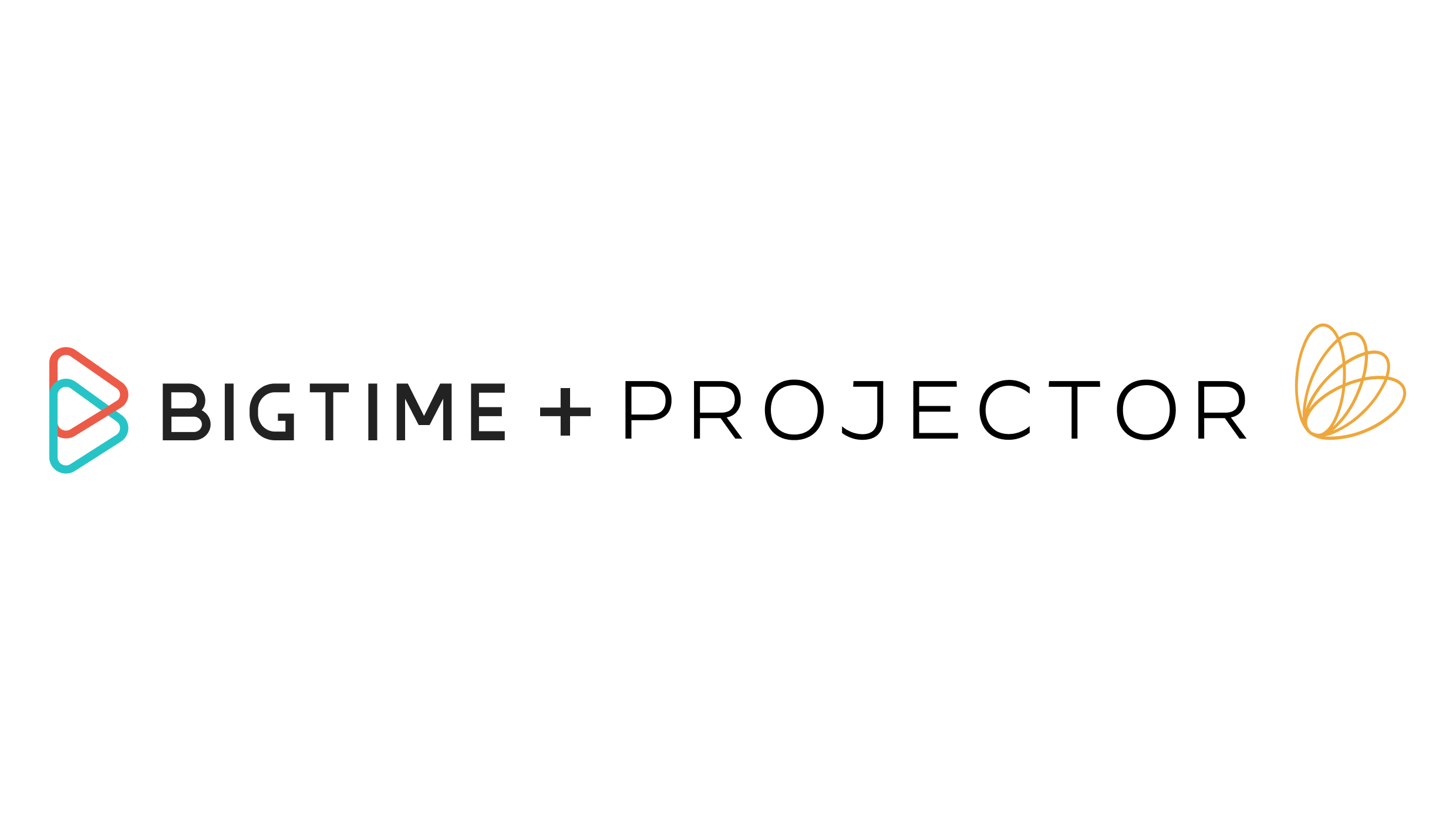
You want your company, as a whole, to function efficiently, effectively, with successful client relationships and, of course, profitably. That means that all the individual departments within your company must function in the same manner and not just individually, but collectively with one another.
Heather Kourcklas, President of Golden Gait, LLC is an expert when it comes to running an operationally efficient business. Sharing her advice on company-wide success, Heather walked us through her first-hand experience in a recent webinar, Re-engineering Your Firm: How to Audit Your Operations for a Healthier Bottom Line.
As a leader, it’s critical to not only be able to spot operational inefficiencies but to fix them in a way that works for everyone on your team. From identifying to solving problems, Heather has advice on it all.
Identify departmental functions.
If your firm is like most, there are defined departments with set responsibilities. It might sound like a no-brainer but as your team grows and new roles are being brought on, it’s important to identify both the functions within each department as well as cross-departmental functions.
When would this matter? Heather called out a couple examples of times when you’ll be glad you identified and defined departments.
Example 1: Human Resources and Accounting (payroll) must have good communications when an employee is hired, given a raise, changes benefits or leaves the company.
Example 2: Operations and Accounting must have good communication and solid workflows to ensure that employee costs are captured correctly on projects and contracts. Follow our 6 steps to make sure you’re getting all the value you can out of these two teams working in sync.
So, how do you successfully identify and define departments and roles at your firm?
Develop a crosswalk between departments.
Walk it through and talk it out with the staff that is actually performing the work on the daily. After hearing from all members in each department, document the tasks and steps it takes them to perform each assignment or project. When having these conversations, it’s important for them to know the point in it all. When your staff has a clear understanding of what you’re trying to accomplish, including making their jobs better, it should help them take a greater interest in and offer solid nuggets of information.
Use the following talking and thinking points to get the most out of your conversations with your team members:
- We want to discover what is working and what is not working
- What are the struggles that your staff are having? Listen to them, they are the ones that do that work
- What are they missing to be able to do their jobs better?
- What are their suggestions for effectiveness, efficiencies, and cost savings?
- What is working well? We don’t want to forget this piece — we don’t want to change anything that is productive and effective!
Make room for improvement.
Now that you’ve identified roles and responsibilities across all departments in your organization and have sat down with all team members, it’s time to summarize, identify, and make improvements using the feedback you’ve gathered from your team. Write down your findings! Putting on paper what you heard from your team can help you better align goals and realize similarities (or differences) in what departments need. Once all the feedback is in one place, start making a game plan. What are the biggest problems that were brought up? Where is there room for improvement? Again, don’t forget to think about the things that don’t need to be changed at all.
You’ve gotten the feedback and you’ve summarized your findings. What comes next could feel like the most intimidating step but it’s what you’ve done all this work for and it’s what’s going to make your firm even better. It’s important to remind yourself that it’s not going to happen overnight. Once you prioritize goals, consider a phased approach, depending on how much needs to be changed/improved and the impact it will have on your bottom line. The last thing you want to do is overwhelm your team and your bottom line.
While changes are being made and processes are being tweaked, don’t stop getting feedback from all departments. Getting consistent temperature checks will give your firm the best chance at functioning effectively, efficiently, and profitable.
Listen to Heather go into even more detail and her advice for spotting operational inefficiencies within and across departments, improving communication between teams, tackling change management, and analyzing the impact of change on your bottom line in this webinar recording.




